The fashion industry is one of the largest, most dynamic and influential industries on the planet, generating more than 11.50 billion yuan in revenue each year, however it is also one of the most polluted industries in the world. Fashion is capable enough to play a key role in guiding people towards a sustainable future. Fortunately, companies are moving.
The “Fashion Agreement” that was made public during the G7 meeting is commendable. Kering Group Chairman and François-Henri Pinault said that French President Emmanuel Macron has arranged for him to call on brands to join the “Union.” There are currently more than 32 companies and about 150 brands joining. According to him, the agreement revolves around scientific goals in three areas: global warming, biodiversity restoration, and marine conservation, in other words reducing the use of disposable plastics. Former Unilever CEO Paul Polman and his team are already responding.
Made of recycled materials, such as plastic bottles, used clothes, etc.
KAIYUE Technology-Water-Based Synthetic Leather is committed to reducing environmental damage and uses a cloth factory supplier that meets the Global Recycling Standard (GRS) certification.
The use of artificial leather can reduce damage to animals.
If you use leather to make clothes, shoes, bags, etc., peeling the animal’s skin alive is cruel and disrupts the ecological balance. Many cherished animals are endangered.
Made of solvent-based artificial leather, producing more than several million tons of PU artificial leather each year. But all pu artificial leather is made using DMF as the medium.
The process emits hundreds of thousands of tons of toxic solvent DMF, and the waste water flows into nature and causes serious pollution to the environment.
Water-based synthetic leather uses water instead of organic solvents. The production process is pollution-free and environmentally friendly.
Water-based pu leather does not contain DMF, DOP, heavy metals and other harmful chemicals, and is the best substitute for genuine leather and solvent-based PU leather.
The consumption of leather and fabrics in the fashion industry accounts for a large proportion. If we start sustainable development from these two directions, then our environmental protection goals are just around the corner.
Initiatives like this prove that industry leaders work together and act, the impact of which is extremely profound, and this result cannot be achieved alone. We have only one planet, and as the global population becomes richer, we must start thinking about how to consume more environmentally.
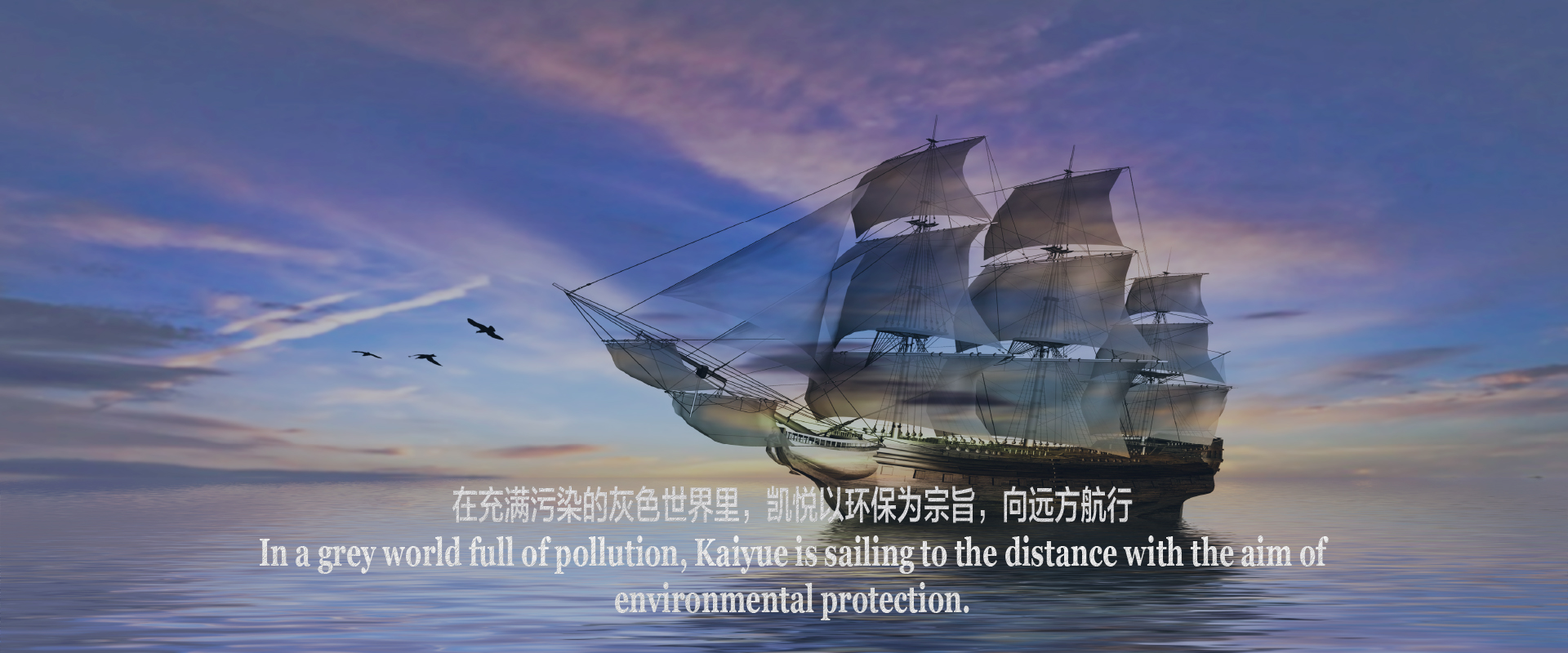
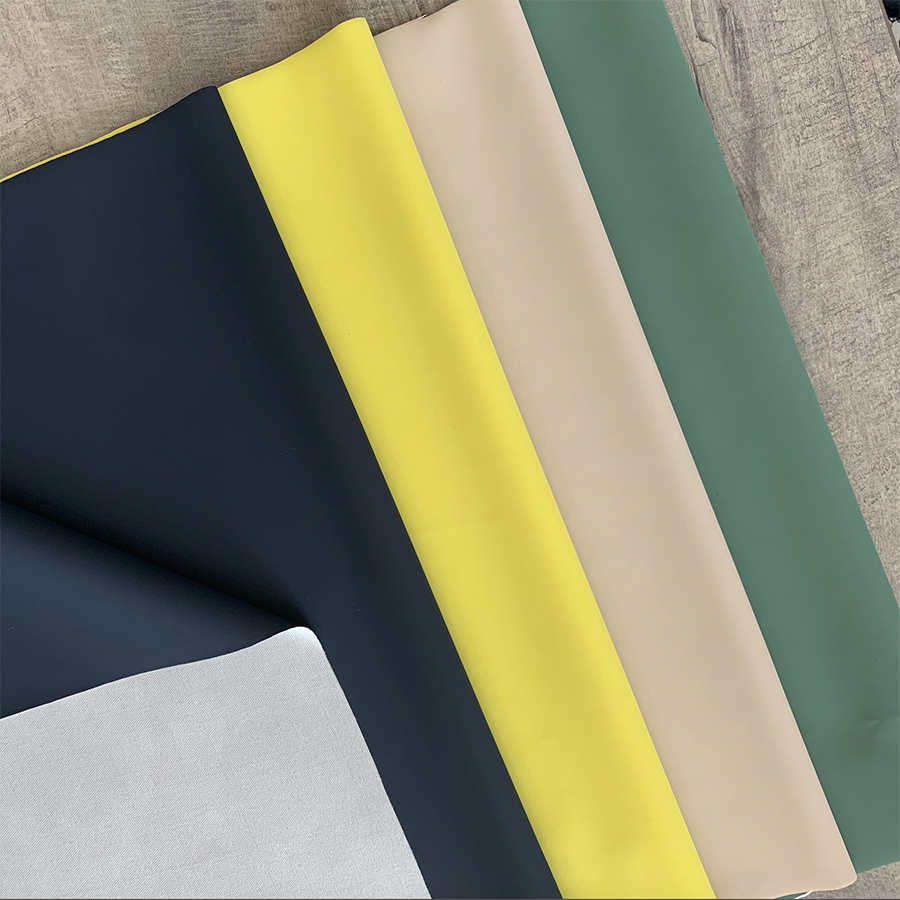 TC-For Garments II
TC-For Garments II
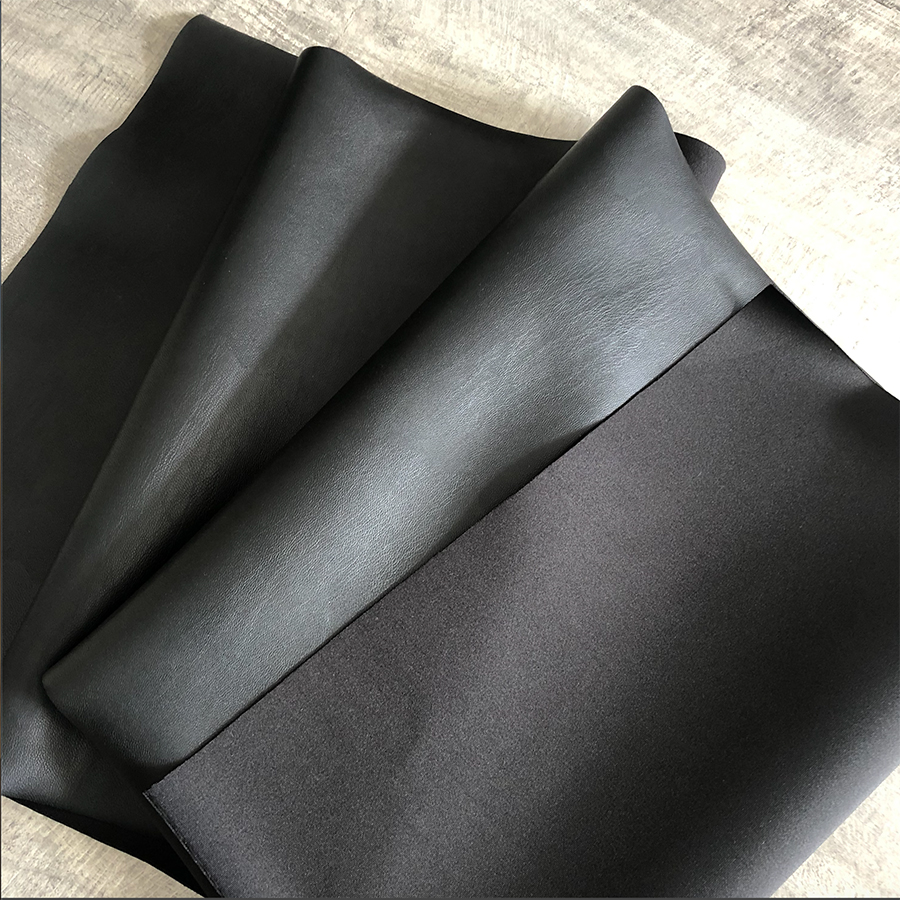 Scuba – For Garments
Scuba – For Garments
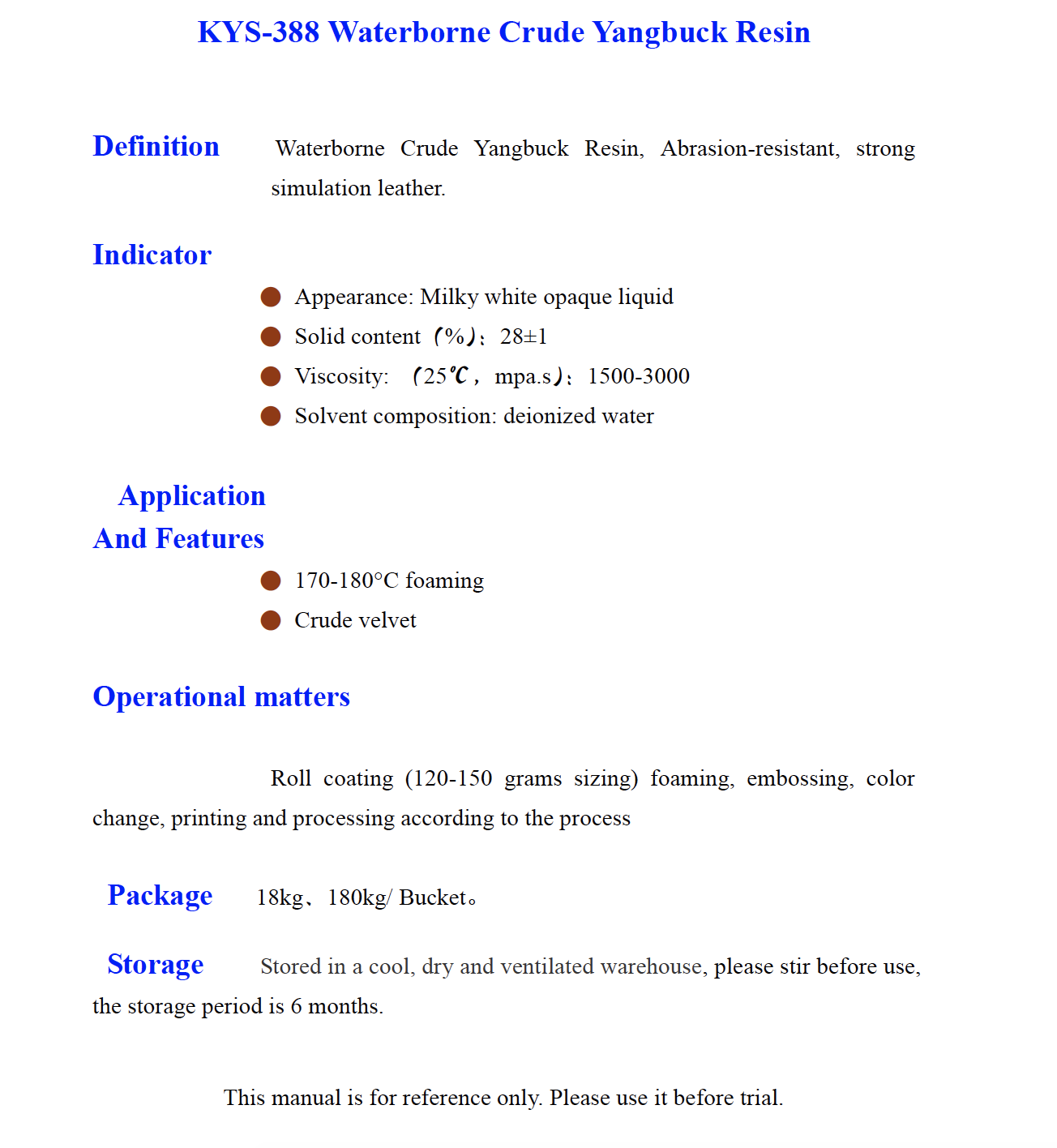 KYS 388 Waterborne Crude Yangbuck Resin
KYS 388 Waterborne Crude Yangbuck Resin
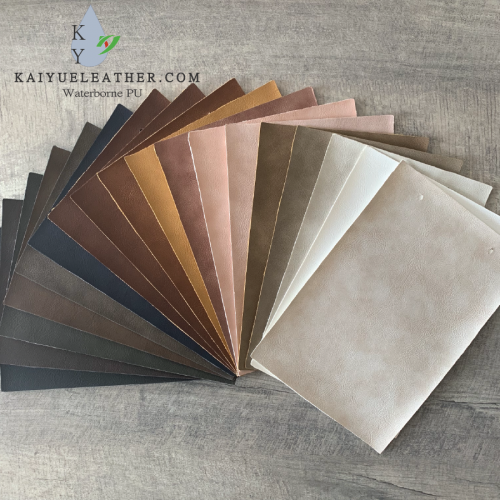 Waterborne PU-KY9828
Waterborne PU-KY9828
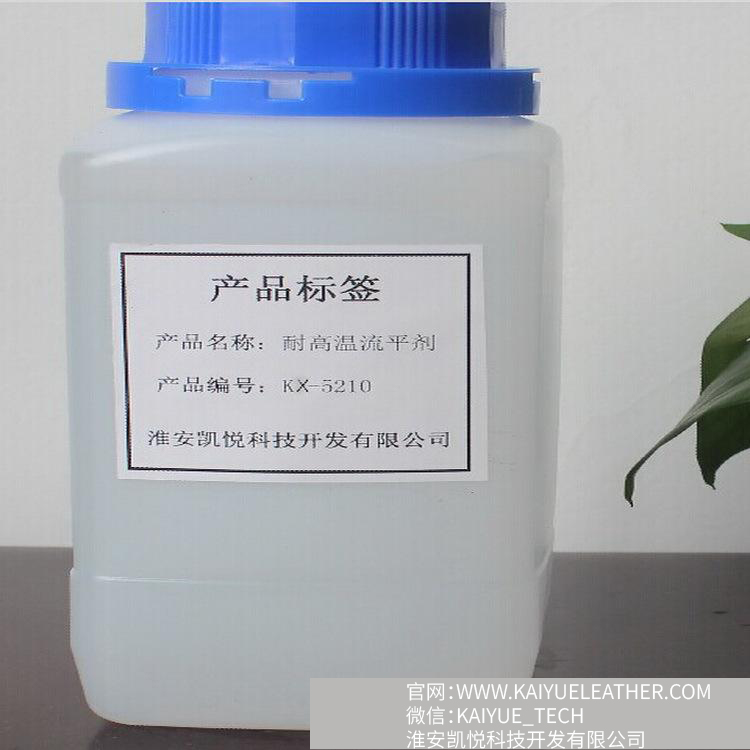 Waterbased and solvent organic silicon leveling wetting agent, high temperature resistance KX-5210 and defoaming
Waterbased and solvent organic silicon leveling wetting agent, high temperature resistance KX-5210 and defoaming
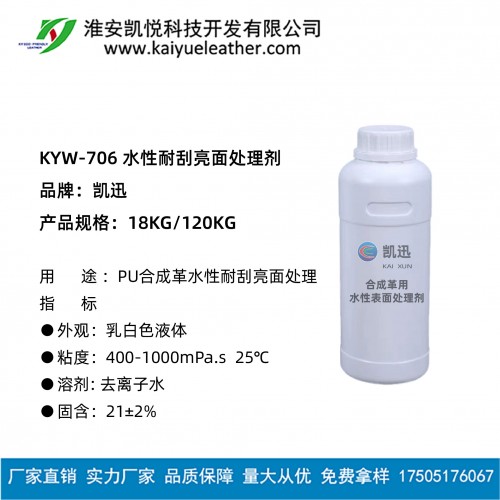 Water-based scratch-resistant matte treatment agent
Water-based scratch-resistant matte treatment agent
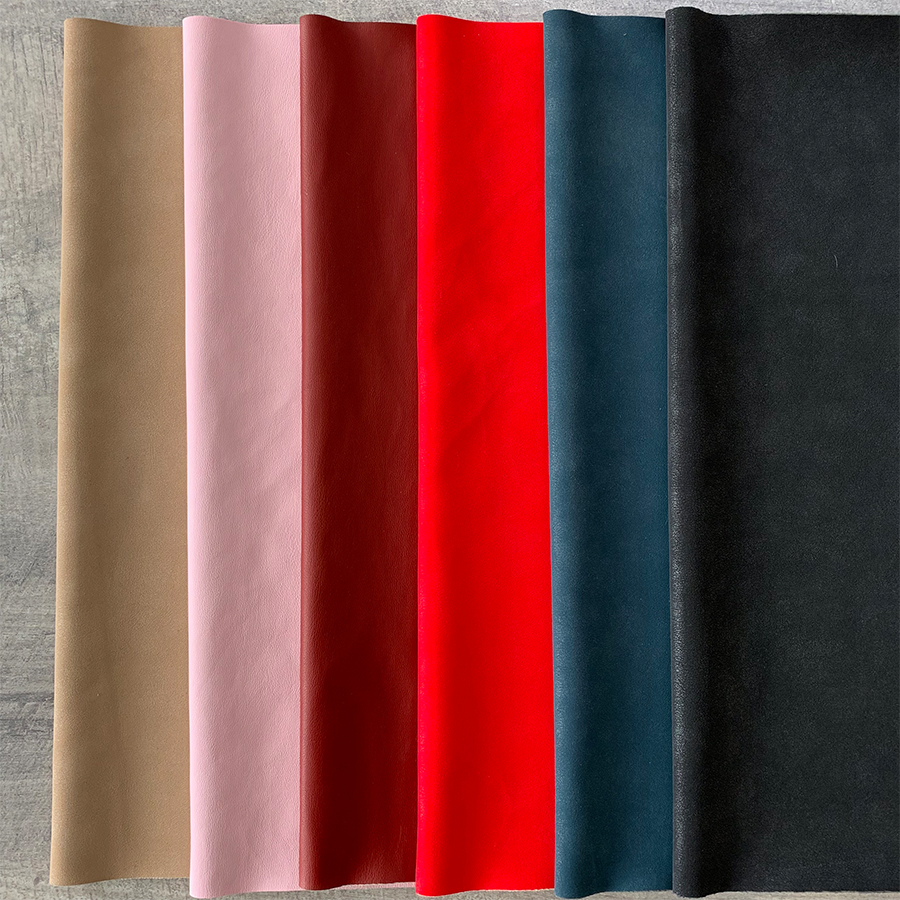 Flocked (Garments)
Flocked (Garments)
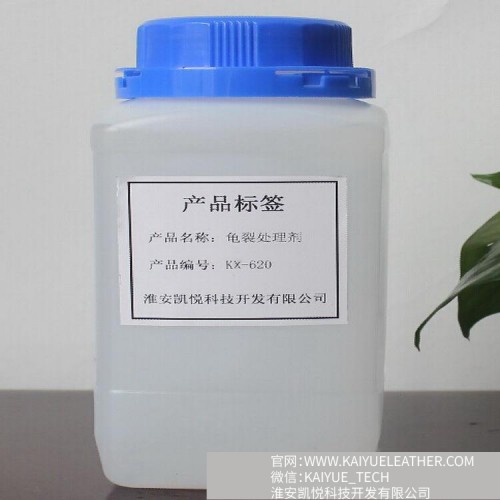 Leather surface cracking treatment agent KX-620 Leather finishing agent Leather chemical industry
Leather surface cracking treatment agent KX-620 Leather finishing agent Leather chemical industry